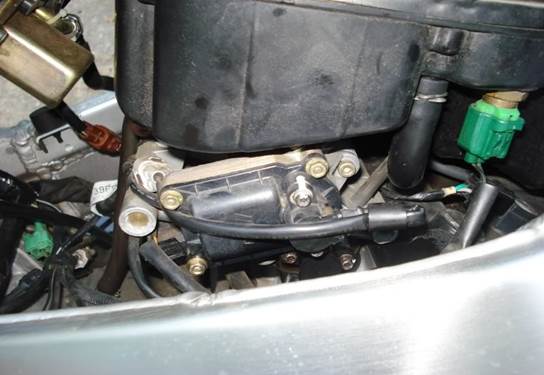The throttle position sensor, TPS for short, is a sensor that is used in an internal combustion engine. These can be fuel injected engines or carbureted engines. The TPS is used to monitor the position of the throttle butterfly valve.
When we accelerate, the butterfly opens a little or a lot to allow air into the intake manifold, depending on how much you are accelerating. There are a few signs that could be a signal that the throttle position sensor is failing. The first and foremost is a possibility that your check engine light could come on; this is a light on the dash that sometimes appears as a little engine or sometimes it simply says check engine.
Next scenario is that the car idles rough, this is when the vehicle is in a stationary position and you get a rough feeling from the engine almost as if the vehicle wants to stall out. Finally you may find that the vehicle hesitates on acceleration. To make a proper diagnosis we first need to get our tools in order.
The main and only item in the tool list is what is called an ohm volt meter. Once you have identified the TPS sensor, turn on the ignition, do not start the car, make sure the volt meter is on twelve volts DC. Locate the connector that goes from the ECM (engine control module) to the TPS. Once you find this disconnect it completely from the throttle position sensor. There are three prongs; the center prong is usually the negative connector.
Once this is done, take the volt meter and connect the negative side (usually the black wire) to the ground terminal on the battery. When this is done take the positive lead, (usually the red wire) and attach it to one of the other prongs. The volt meter should read five volts, if you are on the reference wire for the TPS. If it reads anything below five volts then you are on the signal wire and need to go to the other prong in the connector. If it reads nothing on the volt meter then you are on the negative connector. Once you locate the reference wire, and it reads five volts then you know that you are getting proper reference voltage to the TPS. Therefore you have just eliminated a faulty power feed to ECM.
The next step is to put connector back on the Throttle Position Sensor. Take the positive lead for the volt meter and put it to the signal wire in the back of the connector, this is known as back probing. Take the negative lead from the volt meter and put it to the center wire which is negative on the connector, take the butterfly shaft and turn it gradually and as you turn it you should get a gradual count upwards to five volts. If the volts fluctuate backwards or forwards then you know you have a faulty throttle position sensor.

How can I tell if the throttle position sensor has failed?
by
Tags:

Leave a Reply